What varieties of carrots can be planted in June and how to achieve good yields?
Whether it is possible to plant carrots in June depends on the climatic characteristics of the area and the growing season of the selected variety. Traditionally, for this root crop, the planting time is chosen either at the end of April or at the beginning of May, since the soil is already warmed up, but still wet after winter, there is no drying summer heat. According to popular belief, the optimal time for sowing carrots is the period of aspen and violet flowering. But it is not too late to plant in June, if you choose and prepare the seed correctly.
Late planting varieties
Various varieties of carrots can be planted in June. In order not to be disappointed with the result, it is necessary to take into account the growing season and the storage capacity of each species.
The ripening time of carrots depends on the breeding class:
- early maturing - 80-90 days;
- mid-season - 110 days;
- late maturing - 120 days.
Before the first frosts by mid-October, even a late variety will grow and fill to the required condition. If the cold weather comes earlier, the growing season will stop, but the harvest will not be lost. It happens that forgotten carrots successfully overwinter in the garden. Late ripe roots are well suited for long-term storage.
The last period when you can plant carrots in June is quite simple to calculate: the growing season of late-ripening varieties lasts for 120 days, respectively, and you need to sow on the 15-16th. But it is advisable to do this at the beginning of the month.
Modern breeders have developed many varieties of carrots, many of which are suitable for planting in June. If you need to make supplies for the whole winter, then preference should be given to the late ripening.
Popular varieties of late ripening root vegetables:
- Autumn Queen;
- Olympus;
- Sweet winter;
- Valeria;
- Moscow winter A-515;
- Red giant.
Sorts of mid-season carrots (shelf life - from 8 to 10 months):
- Losinoostrovskaya;
- Samson;
- Anastasia;
- Chanton;
- Nantes.
Early ripe carrots can be planted both in early and late June. She will have enough time to grow, even with a short autumn. The harvest ripens by mid-September. Such root crops are not suitable for long-term storage, maximum - they will last until the end of December.
Popular varieties of early ripe carrots:
- Alenka;
- Lagoon F1;
- Napoli;
- Orange nutmeg.
Advice
When choosing planting material, one should take into account the structure of the soil - the future harvest largely depends on this. For example, the Chantonnay variety will not be able to mature normally in loam, and storage losses will increase 2 times compared to carrots grown in loose soil.
Late Boarding Benefits
Planting carrots in June is not only not late, but even rational: during this period, the activity of the carrot fly, the main pest of the root crop, ends, and the leaf flies and other insects that threaten the harvest also become safe.
Another plus is the high germination rate. Against the background of modern climatic changes towards a cooling in most regions, carrot seeds embedded in the ground lie for a long time due to temperature instability and return frosts. We have to take additional measures for insulation. And those planted in June, under favorable conditions, germinate much faster (a week against the usual three to four).
Preparing the beds
Planting carrots in June (and not only) should be carried out in pre-prepared beds. The necessary work can be done both in the fall and a couple of weeks before sowing.
Preparation consists in digging the earth on a shovel bayonet and applying fertilizers (per 1m2):
- wood ash - 2 glasses;
- potassium salt - 20 g;
- nitrophoska - 1 tablespoon;
- superphosphate - 15 g;
- urea - 15 g.
These substances will provide carrots with essential elements for healthy rapid growth and timely ripening. Tomatoes and potatoes are good predecessors.
The following fertilizers should not be overused:
- lime;
- ash;
- nitrogen.
If fresh manure was introduced into the soil, then planting carrots in it is not recommended for 2 years: the root crops will be defective, with an increased content of nitrates. Carrots will grow crooked if the soil is too dense and clayey. You can make the soil looser by adding a mixture of peat and sand. This will ensure good drainage and oxygenation of the roots even in rainy summers.
Seed preparation
Before sowing, the carrot seeds should be prepared, then they will sprout together and quickly. And since planting is done late, this is especially true regardless of the variety.
To separate empty seeds from quality seeds, all planting material must be placed in water at room temperature for about 10 hours. Those remaining on the surface by the end of the term are not viable. The rest during this time are activated and will be ready for rapid germination.
Carrot seeds sprout for a long time (about a month) due to the high content of essential oils, but they can be easily washed. For this, the planting material is placed in a fabric bag, which must be rinsed in water at a temperature of about 50 ° C for several minutes. Then the water is drained, a new one is drawn (also warm), the bag is left in it until it cools completely. Thanks to this preparation, the time before the appearance of the first shoots is reduced by 2 times. You need to plant carrots with dry seeds, it is advisable to bury them at the same level.
Advice
For protection from onion fly (her next flight is in August) when sowing carrots, it is advisable to alternate rows with onions. Together, these plants form a safety-friendly symbiosis. Do not plant anise or dill next to it.
Care features
In summer, the soil coarsens and dries quickly. In order for carrot crops to germinate unhindered in June, it is necessary to plant them in loose, heated soil, mulch (you can use a centimeter layer of peat), and preferably cover with non-woven material. Thus, it will be possible to avoid drying out and weathering of the soil, knocking out seedlings by rains, as well as digging the beds with cats, which many summer residents complain about. If the moisture is insufficient, then the earth will "grab", cracks will go along it (this is a frequent phenomenon in summer). In this case, the seeds will not germinate, and the sprouts that have sprouted will die. The non-woven material is removed when the shoots are 3 cm long.
It is important to pay special attention to soil moisture during the growing season. The garden bed where the carrots grow should be approximately 30 cm deep. If the summer is too rainy, then there is a high probability that the root crop of any planting date will crack and be unusable.
If the summer is dry, then water the carrots approximately every 2 days (at the root, not by sprinkling). One month after germination, moisture can be stopped to stimulate deeper growth. When green tops of the root crop appear from the ground, hilling should be carried out.
Some summer residents had a negative experience of growing carrots sown in June: they sprouted late, did not have time to ripen completely, and lost their keeping quality and taste. This happens if the summer is cold and rainy, as well as if the rules for preparing seeds are not followed, and further agricultural technology is violated.
It is also important to take into account the climatic characteristics of each region, since with September frosts, even early ripe carrots may not have time to fill. It is inappropriate to plant a root crop in this area in mid or late June.But, as a rule, carrots of any variety sown at the beginning of summer not only ripen well, but also have all the declared breeding characteristics.

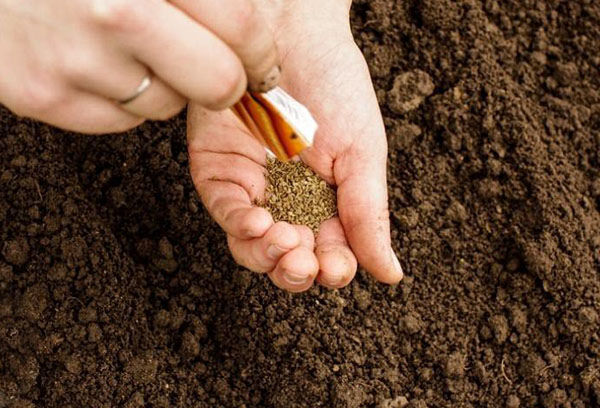

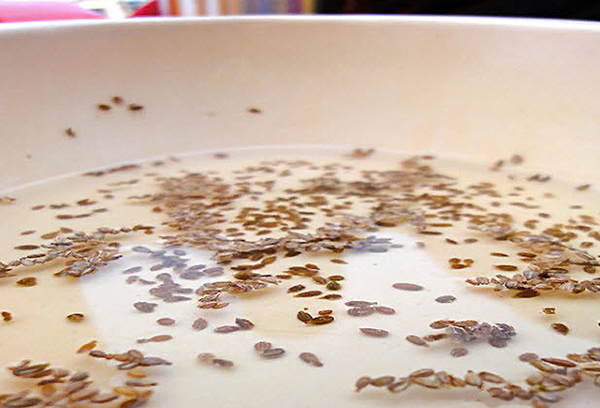

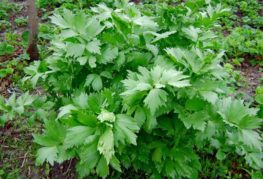
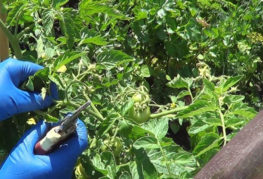
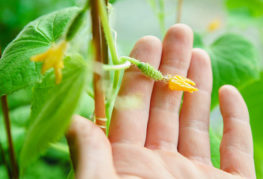
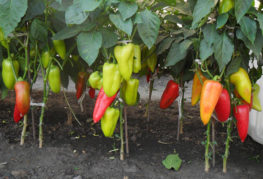

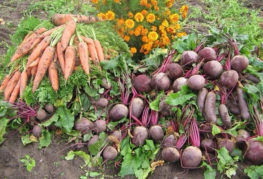
and will be published shortly.